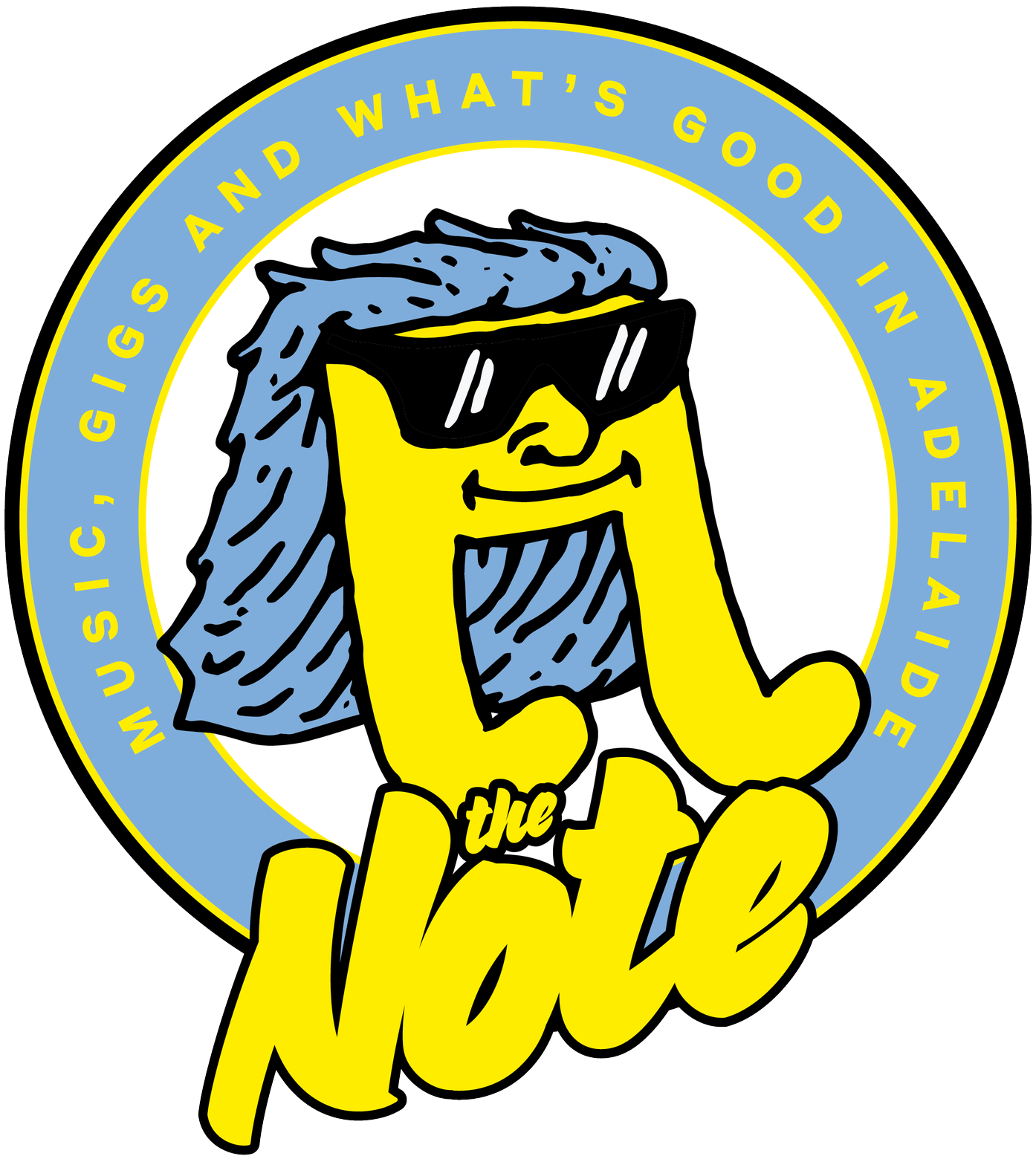Live Slug Reaction – Slug Season One
We dissect local act Live Slug Reaction’s debut EP, Slug Season One.
Words by Maximilian Levy
The first time I saw Live Slug Reaction, I was standing on top of a table in the subterranean band room at Ancient World. Considering the name – a reference to a popular meme from 2023 – and the musicians involved, I knew, from the outset, that it would be no ordinary performance. It was only the second gig for a band of jazz students that had spent almost a year piecing the musical puzzle together through inconsistent and often inebriated jam sessions. Despite this, their presence on stage was one of coordination, compatibility, and camaraderie. Their jazz-funk fusion is simultaneously loose and playful, well-rehearsed and polished, which makes perfect sense, given the creators behind the music.
Inspired primarily by instrumental groups like Surprise Chef, BADBADNOTGOOD, and Mildlife, the quintet is made up of Finn Larcombe (The Genevieves, Druid Fluids, Birds Are Spies, Bat Country), James Nisbet (The Genevieves, Bat Country), Carl Smith (Big Sloe, Ripcord), Heath Oetjen (Broken Waves, Sub Magmatic) and Dan Penberthy (Sub Magmatic). When combined, both onstage and in their home studio, these musicians of varied styles and influences create one of the most enjoyable live acts in the burgeoning Adelaide music scene. Despite the clear instrumental talent of its members, Live Slug Reaction is a band that doesn’t take itself too seriously, bringing an eccentrically imaginative twist to the world of jazz music by exploring the liberties of improvisation, timing, and auditory storytelling.
Following two singles, ‘Frick Salt’ and ‘Lavender Town’, released in January and April respectively, Live Slug Reaction unveiled their debut EP, Slug Season One, in May. The five-track catalogue contains a collection of their oldest compositions – the first songs they wrote and performed together. If memory serves, Slug Season One consists of the exact setlist from their Ancient World gig in late 2023. While they’ve extended their performances with new and delightful material, these are the songs that first drew me willingly into their sonic niche, so it’s been a thrill to experience their recorded incarnation, in all their groovy, jazzy, and retro-video-game-sounding glory.
Beyond lush guitar-synthesiser melodies, smooth basslines, and a symphonic interplay between Nisbet’s drums and Oetjen’s percussion, the most captivating detail about Slug Season One is the ever-present, fluid narrative that permeates through the music. With each song comprised of multiple sections, ups and downs, highs and lows, there’s a story being told, one that, without lyrics, observes the journey and feelings of the EP’s protagonist – a slug.
Heath: “I always think Dan’s saxophone solos sound like the slug giving a monologue.”
This is no accident. Upon request, I’ve promised to keep specific details off the record, but there is a great deal of preconceived storytelling that dates back to a “lore document” the group developed about six months ago. The lore of the slug extends beyond the debut EP, with a growing list of material. Live Slug Reaction is already piecing together the next chapter of this expansive tale.
Heath: “Which means there will be a sequel and maybe a prequel. I like the idea of Slug Season 1.5.”
Some plot points are alluded to through the song titles: ‘Slug in the Tall Grass’ is self-explanatory; ‘Frick Salt’ evokes the slug’s distaste for salt, a substance that rapidly dehydrates their bodies via osmosis. Later on in ‘Lavender Town’, we can imagine the slug exploring the fictional location of the same name from the original Pokémon games.
Dan: “There's definitely been times where we've made a song and then thought, ‘Oh fuck, what's [the slug] doing?’ But it's always ended up good. We just reach for this outlandish story that somehow ties together.”
Undoubtedly, my favourite track on Slug Season One is ‘Sea Slug’. This eight-minute song draws the listener in close from the onset, dousing their ears in the sounds of whale-calls and waves tumbling onto the shore. This swell of tranquil, marine-themed sounds is suddenly overwhelmed by three thunderous saxophone blares, clearly intended to resemble a ship’s foghorn. As the third tapers off, Carl Smith’s bassline – my favourite piece of instrumentation on the entire EP – enters the spotlight and introduces the first verse.
Carl: “How ‘Sea Slu’g started, I was just playing this random little arpeggio thing while [the rest of the band] were talking, and someone said, ‘that bassline is beautiful’. I thought it sucked, but they said, ‘We’re making this into a song’. Then we made it into a song.”
Heath: “I was late to that rehearsal by two hours, and when I walked in, they’d written ‘Sea Slug’.”
When I spoke with the band, it became apparent that this spontaneity is a regular feature of their songwriting process. They told me that no one has ever presented “anything more than their own part” at a rehearsal. A Live Slug Reaction song is constructed from a single riff or drum pattern, then expanded upon during a jam, with each member devising their own part in an improvisational manner.
Dan: “The real magic happens when we jam a new song for the first time, and after that there’s a gruelling couple of hours trying to actually piece it together.”
With each Slug creating their own addition to the mix, there’s a palpable sense of equality and democracy that flows through their songwriting process. When they arrive at the decisive moment of electing whether or not to develop a new idea, the band employ the “Rule of Slugs”.
Carl: “[The Rule of Slugs] is almost like gospel: if four of us love a song and one of us hates it, then it's perfect, and that's that.”
Listeners can thank the Rule of Slugs and its engineers, because Slug Season One is a Pandora’s Box of jazz-funk grooves, brimming with silky melodies, syncopated rhythms, and a compelling instrumental narrative.
Slug Season One by Live Slug Reaction is out now.









